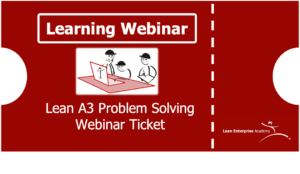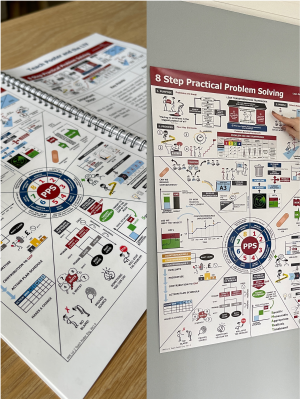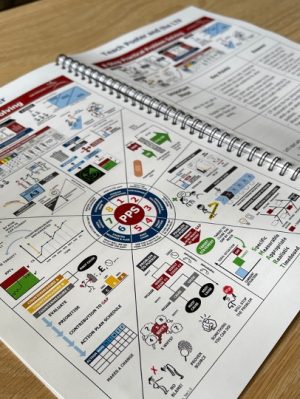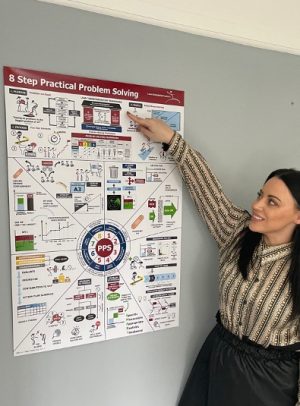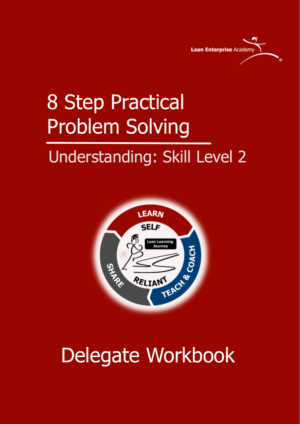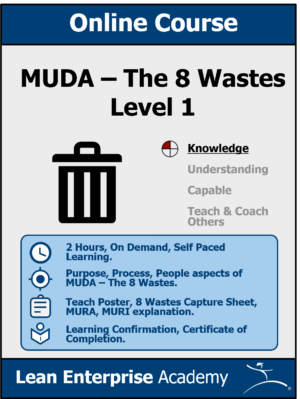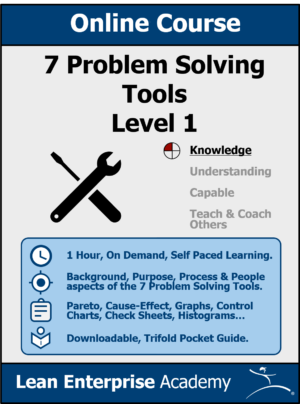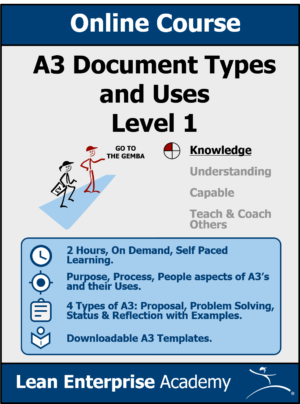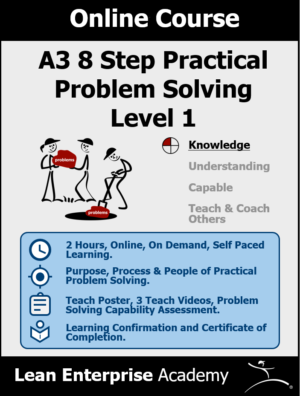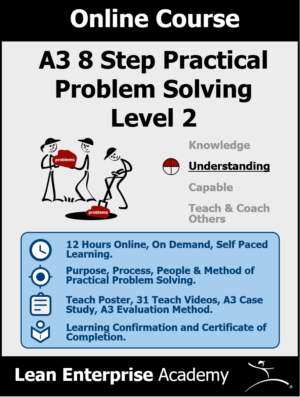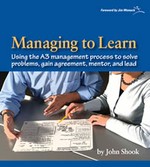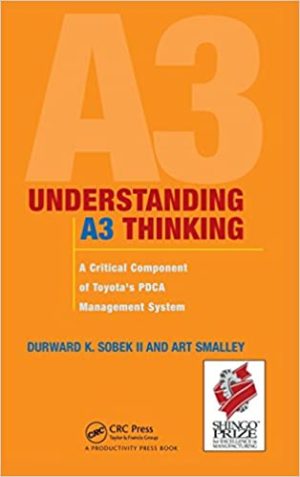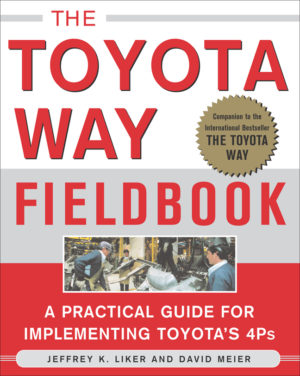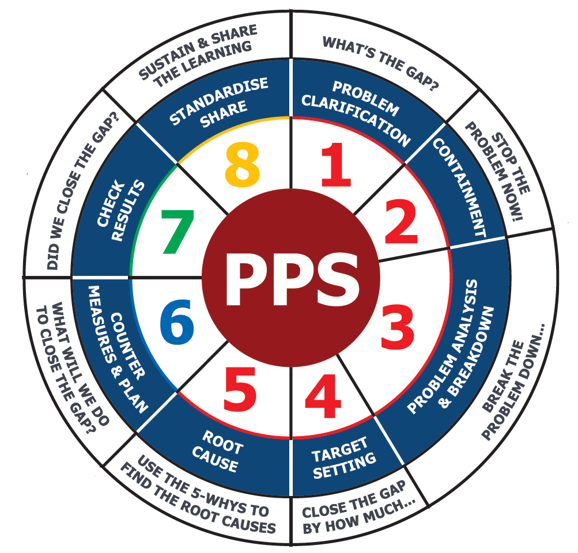
This video blog will give you an inital overview to A3 Practical Problem Solving – Step 3 Problem Analysis & Breakdown. This is an 8 part mini series on the A3 8 Step Practical Problem Solving method. We have already covered:-
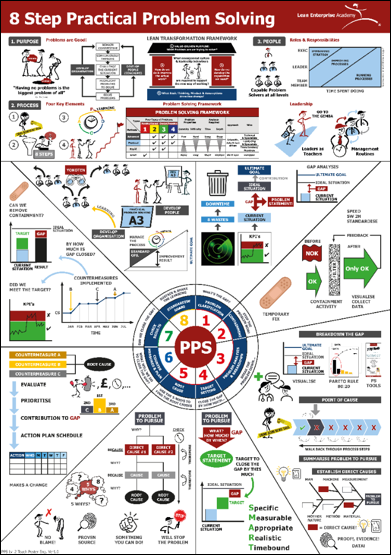
A3 Practical Problem Solving – Step 3 Problem Analysis & Breakdown
The video is presented by Peter Watkins a Senior Coach at LEA , who explains the key points using a Visual Teach Poster.
The top half of our Teach Poster focuses on the Purpose, Process & People of Practical Problem Solving. This is covered in our FREE Skill Level 1 course on A3 Practical Problem Solving – ACCESS HERE
This blog series concentrates on the lower half of the Visual Teach Poster , which covers the 8 step method based on Toyota Business Practice.
Play the Video Overview for A3 Practical Problem Solving – Step 3 Problem Analysis & Breakdown
Video is played best when watching in Full Screen Mode
Key Learning Points from the Video
What is The Purpose of Analysising & Breaking the Problem down ?
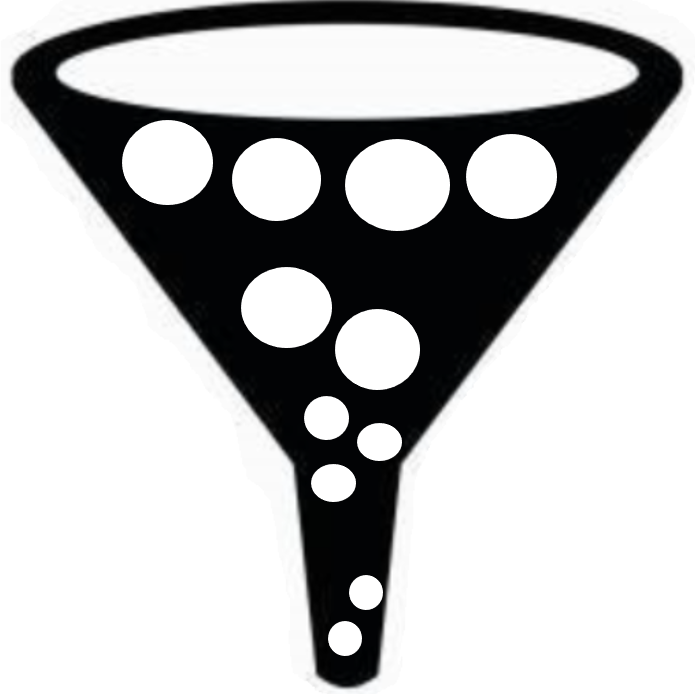
Break down the problem to the correct level , so you can focus and tackle one significant contributing causal as the “Problem to Pursue”
How to breakdown a Problem
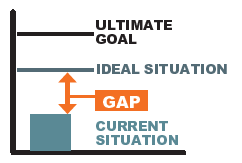

Start with the GAP
Get the Data by going to the actual thing (e.g. parts, people, systems, activities)
Here you will find actual data to build actual facts
Understand the work – learn how the work is done
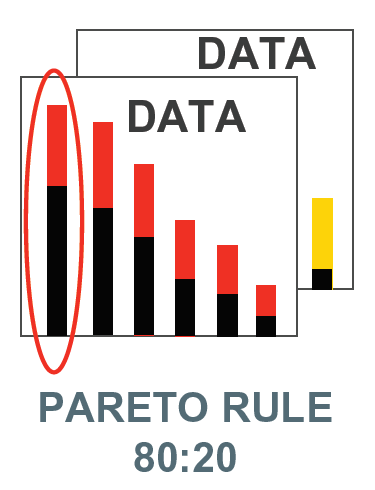
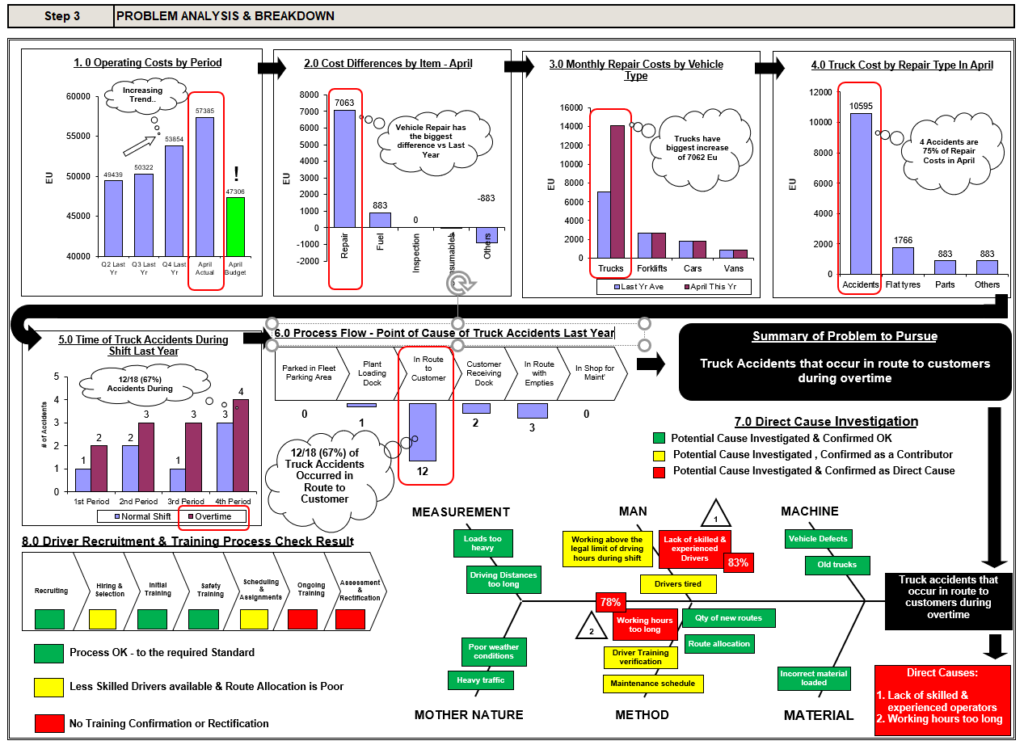
Example of Step 3 – Problem Breakdown & Analysis
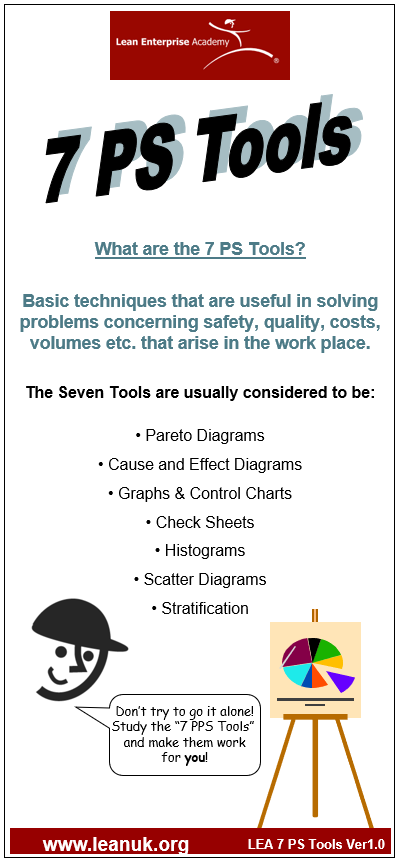
use the 7 Problem Solving tools to help you visualise & breakdown the data
Breakdown Data – Look at the data in terms of WHAT, WHERE, WHEN, WHO
Prioritise – Use data to find the biggest contributors to a problem. We use ‘inch wide mile deep’ thinking to focus on the area of the problem with the biggest impact on it
Identify the Point of Cause
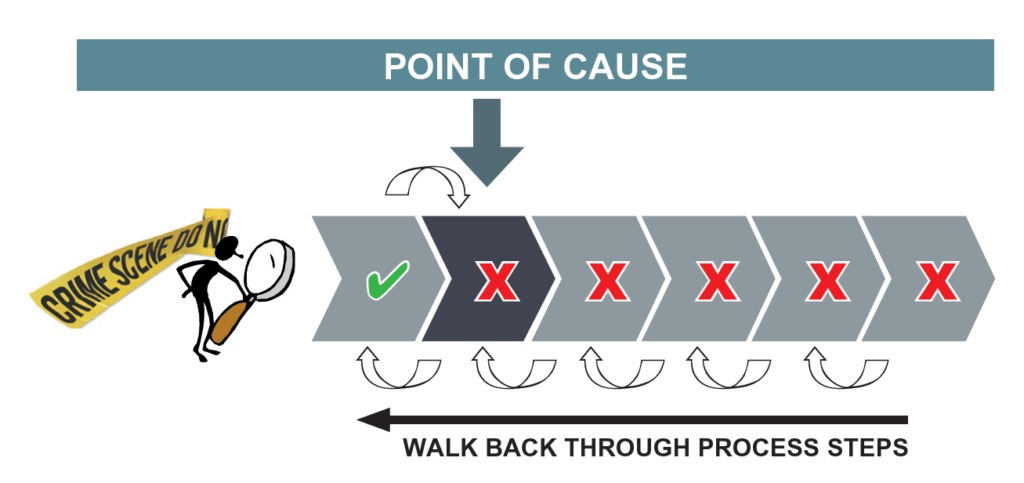
Identify the Point of Cause – Don’t guess
Focus the problem solving activity on a specific point in the process
Work from the back of the process and look for evidence of the problem – where does the problem start?
State the Problem to Pursue
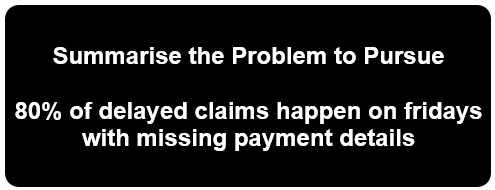
By breaking down the gap and finding the point of cause you can then Summarise the Problem to Pursue in a short statement
You cannot tackle everything ! You need to focus and select a portion of the gap that is manageable to tackle
Establish the Direct Causes
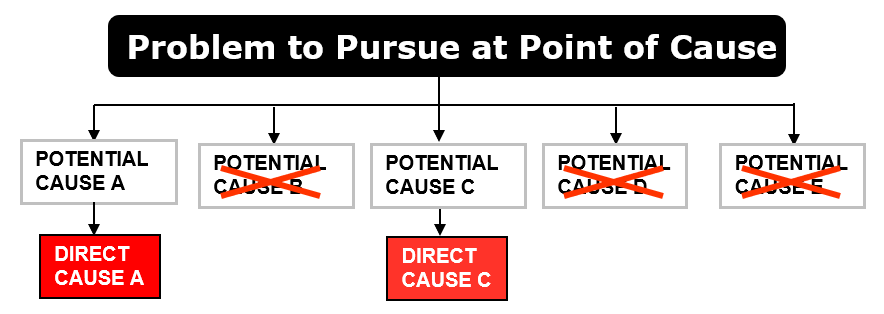
Establish Direct Causes of the Problem to Pursue
For each Problem to Pursue we must establish the Direct Cause(s)
Direct Cause(s) have a Direct Effect on the occurrence of the Problem
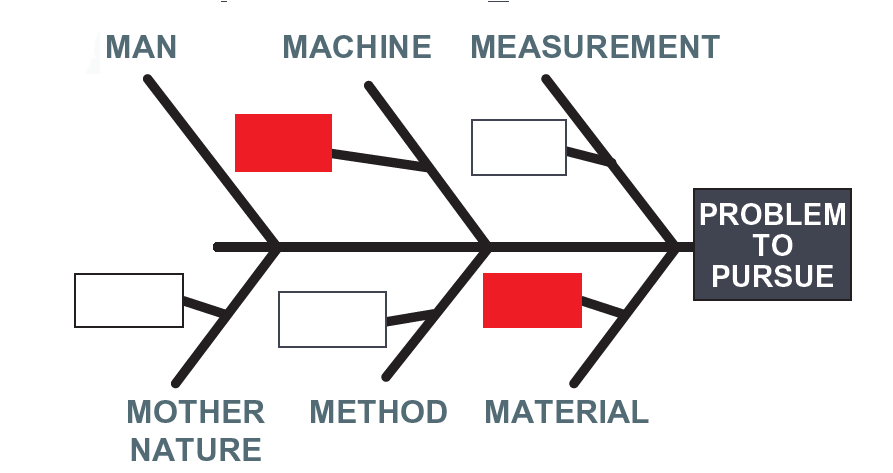
Use Fishbone diagram as a framework to think about all the potential causes for the problem to pursue

Fishbone Helps to capture ideas from group in a structured way and systematically eliminate / prove them with PROVEN DATA & FACTS
Data will show which are direct causes –there might be more than one
The identified direct causes are what you take forward for root cause analysis using 5 why’s in step 5
A3 Practical Problem Solving – Step 3 Problem Analysis & Breakdown
Helpful hints on this step:-
Consider these 3 points when breaking down the problem:-
- Go too deep on a problem breakdown and the impact on GAP may not be worth the effort ! (check back)
- Keeping the problem at a high level and not breaking it down enough makes it hard to establish any real direct causes, rootcauses and countermeasures (too vague and wide).
- Check by asking if we eliminate these direct cause(s) how much will the GAP be closed? (this will also help you with step 4 target setting).
Try to tackle only one Problem to Pursue at a time ! You can always come back and take the next highest contributor.
Problem solving is about taking action, It better to get one thing done now to impact the GAP.
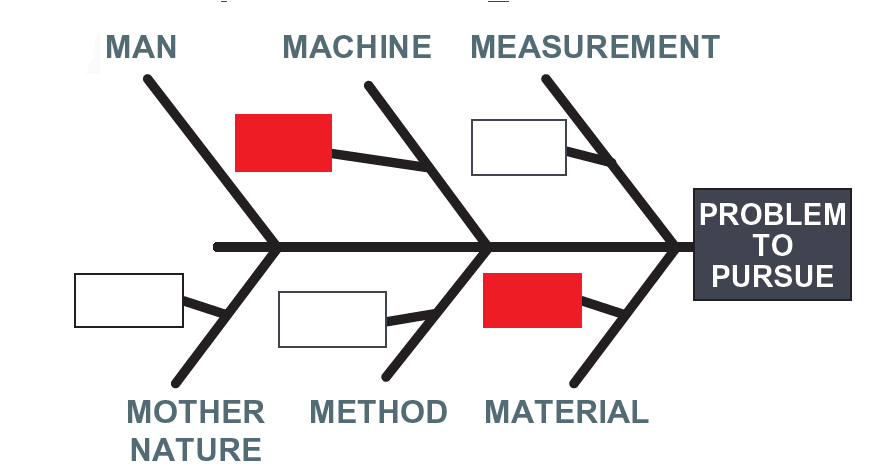
Make sure you prove out all your potential direct causes highlighted on your fishbone with data / facts for effect . Otherwise its just an opinion !
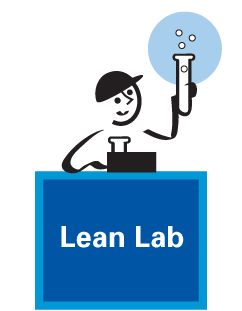
A lot of the time data and facts might not be available to verify that your potential cause have a direct effect on the problem to pursue
You may need to set up trials and experiments which will support investigating your causal confirmation
A3 Practical Problem Solving – Step 3 Problem Analysis & Breakdown
Want to succeed at A3 Problem Solving?
Join us on the 7th July at 3:30pm UK time for our Lean A3 Problem Solving webinar. During the webinar we will walkthrough the Purpose, Process & People, then 8 step approach to A3 problem solving – all based around our 8 step Practical Problem Solving Teach Poster. Find out more information about the webinar HERE, or you can purchase your tickets below:
Related Courses and Recommended Reading
We have gathered together some links below for selected courses, books and articles if you want to learn more about A3 Problem Solving.
